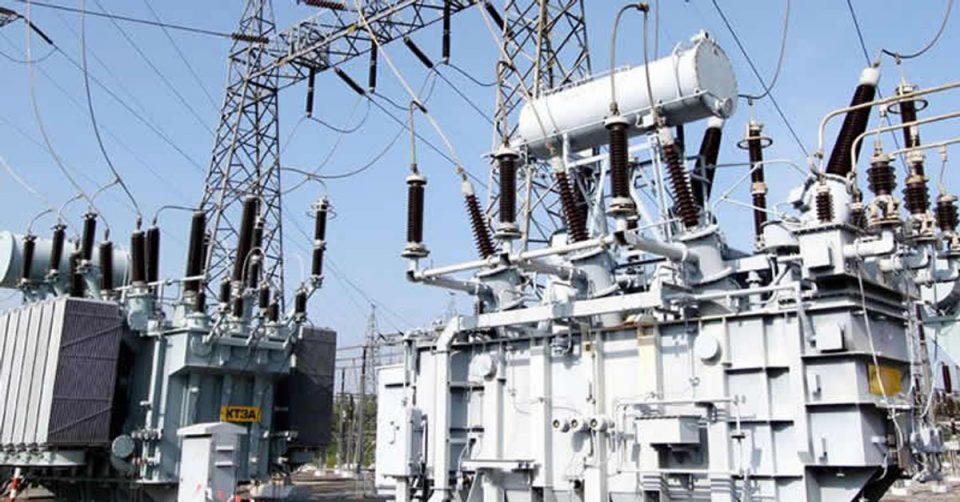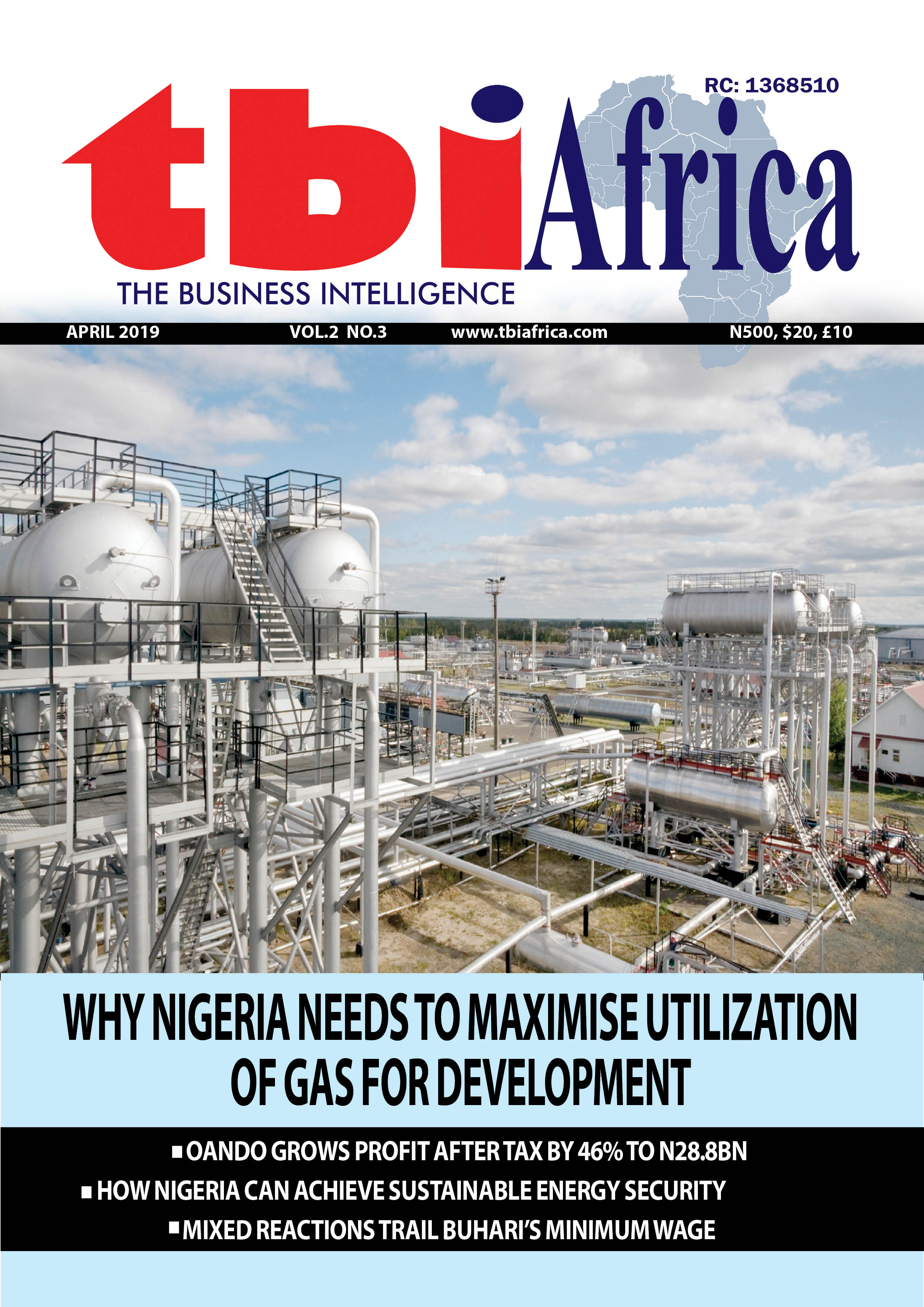Photo caption: Power facility
The wave of investments come as European majors pivot back to more profitable conventional fuels as countries embark on different energy transition paths, while Southeast Asian governments want more affordable local gas supplies to drive economic growth and improve energy security.
At the Energy Asia conference in Kuala Lumpur this week, Shell committed to increasing its investments in Malaysia by 9 billion ringgit ($2.12 billion) over the next two to three years, Malaysian Prime Minister Anwar Ibrahim said on Tuesday.
“Just between now and 2035, gas production in Southeast Asia is expected to drop by around 20%… and that needs to be backfilled,” Shell CEO Wael Sawan told the conference.
“And the most viable backfill is, of course, LNG because the infrastructure is already gas based.”
On Monday, French major TotalEnergies acquired further stakes in Malaysian gas assets from state energy firm Petronas.
“This is where the population is growing I would say. So this is where we need more energy,” CEO Patrick Pouyanne said.
Italian major Eni and Petronas are pressing ahead with a planned joint venture to develop gas assets in Indonesia and Malaysia with a deal expected to be signed by the end of this year.
Japan’s top explorer Inpex has returned to Malaysia and is working on exploring resources in six blocks offshore Sarawak and Sabah, on top of developing Indonesia’s Abadi LNG project, CEO Takayuki Ueda told Reuters.
“The demand for natural gas, especially LNG, will actually be increasing over a longer time after 2040, maybe up to 2050,” he said.
“Given the current, very uncertain and unpredictable geopolitical situation, one of the strategies that we are now taking is local production for local consumption,” he added.
ConocoPhillips CEO Ryan Lance told local media that the U.S. major plans to invest in Sabah after it dropped the WL4-00 project in Sarawak.
Natural gas or LNG is seen as the fuel for the region to replace coal and reduce emissions, while gas-fired power plants can also provide a stable power source for data centres.
Petronas CEO Tengku Muhammad Taufik Tengku Aziz said the firm is working to serve a surge in power demand from data centres which is expected to more than double to 945 terawatt hours globally by 2030.
“The entire energy systems at our disposal are now working to serve this surge in demand,” he said.
S&P Global vice chairman Daniel Yergin said gas now has a much bigger profile than it did a couple years ago.
“Countries are not going to be able to generate the electricity they need for growth and for data centres without a bigger role for natural gas,” he added.
=== Reuters ===



